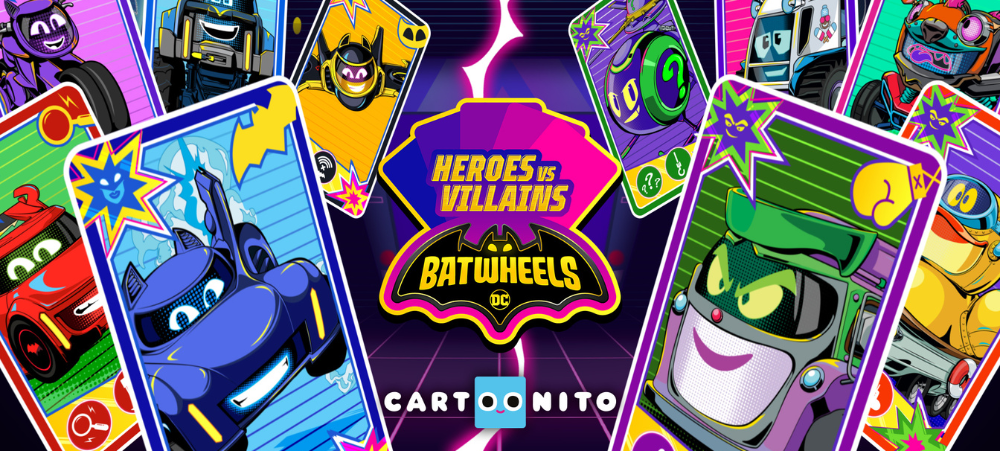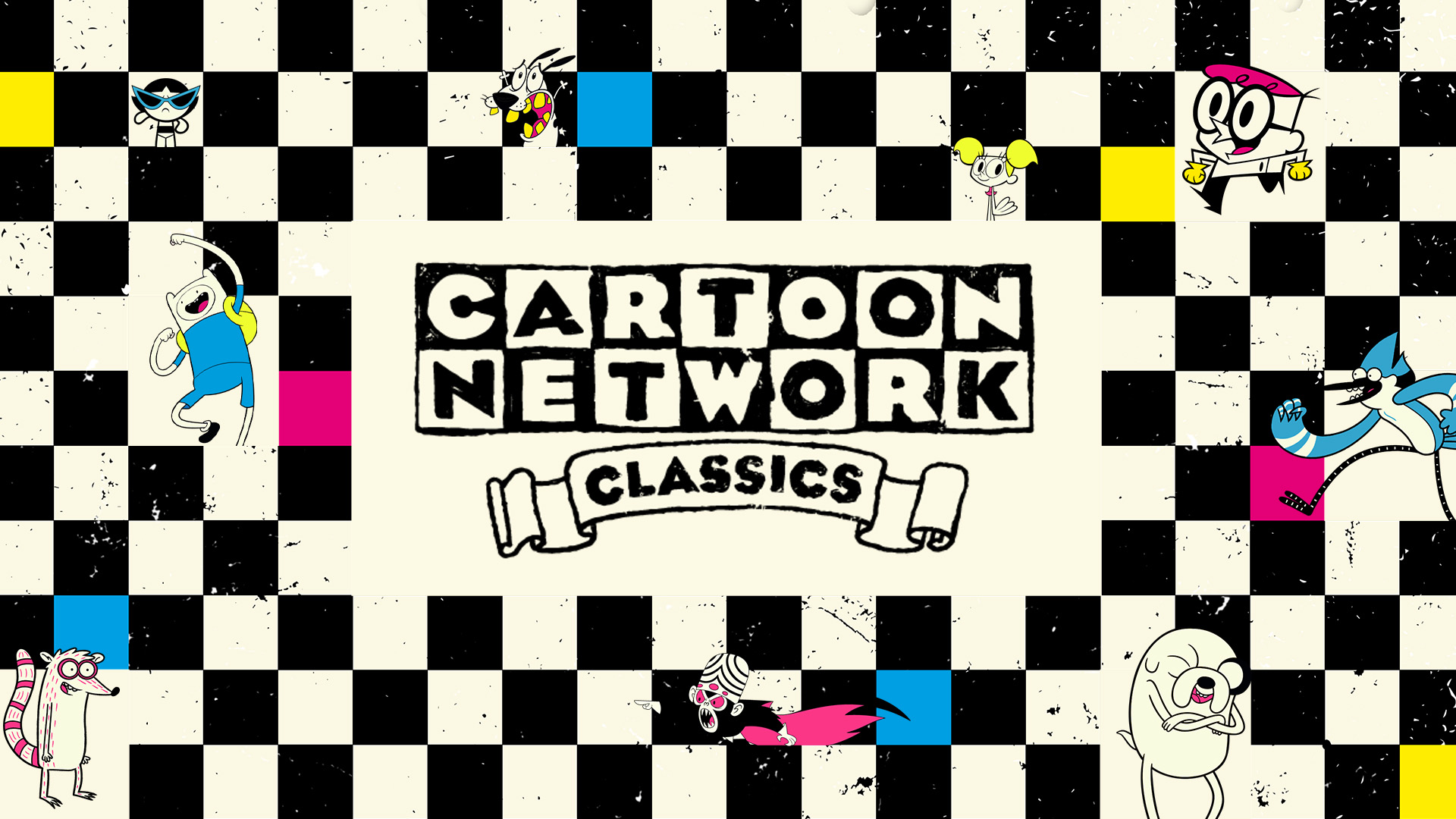As the year draws to a close, many South Africans brace themselves for a season packed with expectations. Social commitments like braais, family visits, long-distance travel to hometowns and the pressure to create joyful memories are all realities of this time of year. For some, however, the festive season also brings the hidden burden of grief, loneliness, despair and an emotional exhaustion that can seriously dampen the cheer. ‘December can be tough, whether it’s challenging family dynamics or the lack of loved ones to spend the festive period with altogether. Many end up feeling overwhelmed, isolated or emotionally drained,’ says Dr Themba Hadebe, Clinical Executive at Bonitas Medical Fund. ‘We’ve all been there in some way, and it’s important that people recognise the signs early and reach out for support, because help is available and there’s no shame in asking.’ Recognising the warning signs Seeing the symptoms in family and friends can be hard, but there are few tell-tale signs to look out for. Social withdrawal is often the first red flag; in a season defined by gatherings, family dinners and busy group chats, someone toggling offline, cancelling plans or spending long hours alone may be subtle cries for help. Sleeping all day or waking up at odd hours feeling consumed by anxiety, losing their appetite altogether or overeating in search of comfort are also common warning signs. And, at a time of year when consuming more alcohol than usual is considered somewhat normal, this can be a difficult sign to spot. Drinking alone or drinking to the point of passing out or making a scene routinely, can be a way of telling someone needs help. For many, admitting mental distress carries social stigma. It may feel like a sign of weakness, especially in communities where strength is tied to ‘keeping it together’ during holiday celebrations. ‘Our mental health doesn’t go on holiday,’ says Hadebe. ‘Taking care of mental wellbeing is especially important at the end of the year, and members of not just Bonitas but any medical scheme in the country should understand that support isn’t something extra or a nice-to-have benefit, but is in fact part of what they pay for.’ Bonitas members have access to comprehensive mental health benefits paid from the scheme’s main risk pool. As such, counselling and therapy are covered under their plans. On top of that, there’s a full Mental Health Programme which aims to empower members to manage their condition more effectively. How families and communities can help Support doesn’t always require a professional. Loved ones can play a key role just by noticing and listening. A simple, open question such as ‘How are you really doing?’ can open the door to meaningful dialogue. Resist the urge to fix things immediately. Sometimes what a person needs most is to be heard. What’s more, lower the pressure to celebrate, remembering that not everyone has the emotional energy for loud parties. Rather offer quieter alternatives such as a walk, a movie night, coffee and conversation, and normalise the idea that it’s okay to opt out. And if signs persist, like constant sadness, withdrawal from life and changes in behaviour, gently suggest professional support. Offer to help find a therapist, book an appointment, or simply make the first call. For those struggling this December, remember that you don’t need to bear it in silence. With a Mental Health Programme and counselling benefits available, help is accessible, discreet and covered.








